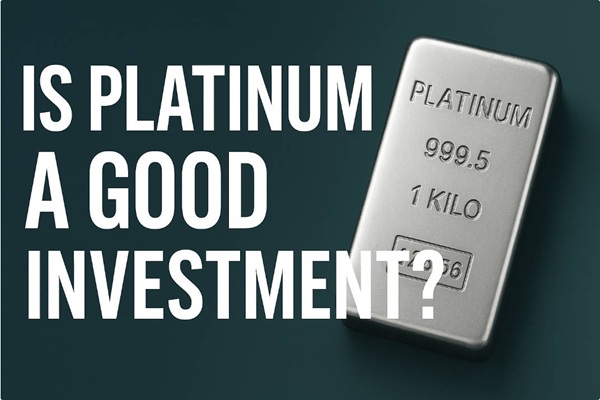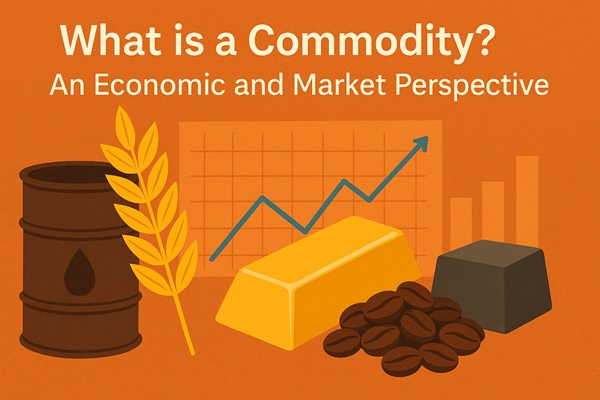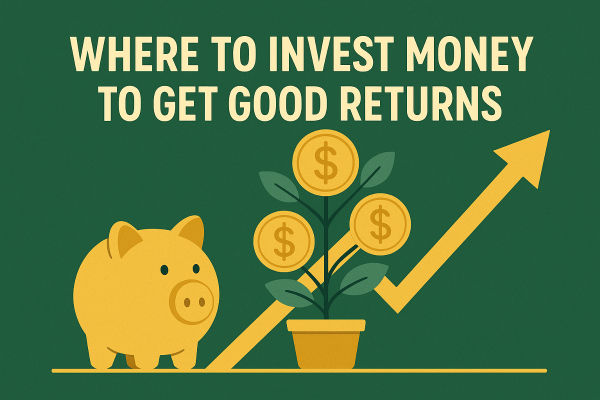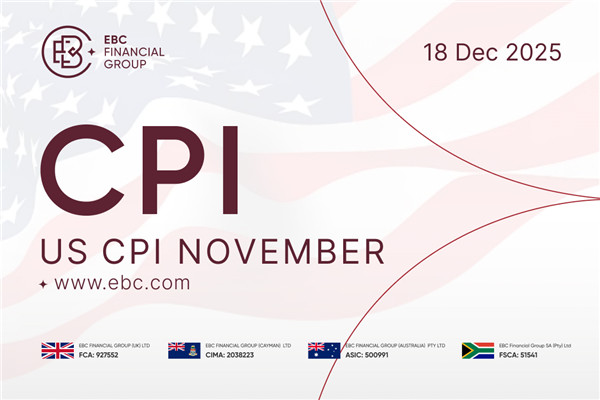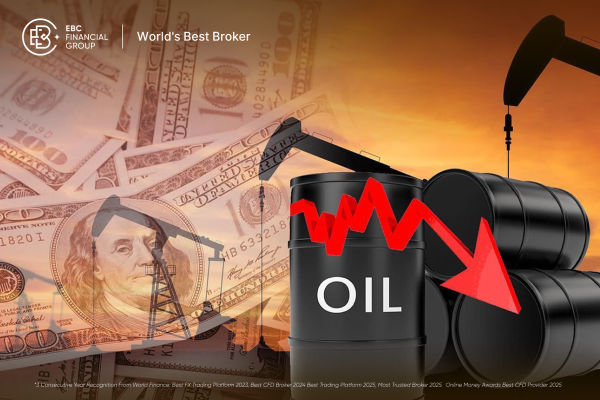Platinum can be a good investment for those seeking diversification and exposure to industrial demand. It offers scarcity and potential upside, but it also carries higher volatility and cyclical risk compared with traditional safe-haven metals like gold.
This article examines what drives platinum's performance, its supply and demand fundamentals, the potential benefits and risks, investment methods, and current market outlook, followed by concise answers to common investor questions.
Is platinum a good investment?
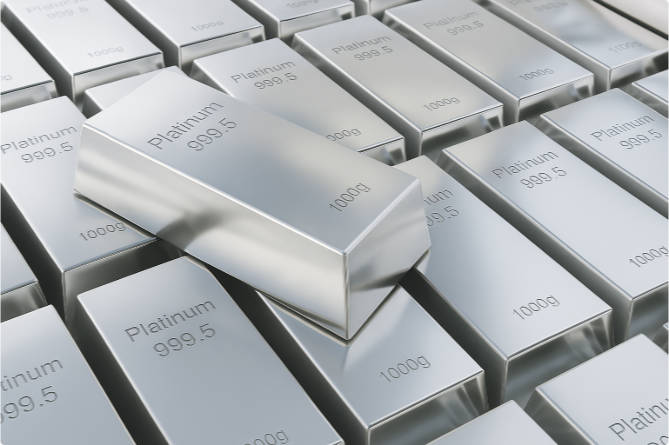
Platinum occupies an unusual position among the precious metals. It is rarer than gold and has extensive industrial uses. That combination creates both opportunity and risk. Investors seeking exposure to commodities should treat platinum as an industrial precious metal rather than a pure safe haven.
The question "is platinum a good investment" therefore requires judgement about time horizon, risk tolerance and the reason for holding the metal.
Platinum Prices and Market Context

Platinum is trading in the mid to high one thousand dollars per troy ounce range in early November 2025. reflecting a recovery from lower levels earlier in the decade and persistent supply pressure.
Current spot quotes vary by source and update in real time, but broad market data show platinum near roughly $1.520 to $1.580 per ounce on 5–6 November 2025.

Price moves this year have been driven by a combination of supply shortfalls in major producing countries, stronger demand in some industrial and jewellery markets, and shifting investor flows into exchange traded products and physical holdings.
Analysts and industry bodies point to multi-year deficits that support a constructive medium term case for the metal, while some commentators warn of short-term overbought conditions and the risk of corrections.
Supply and Demand Fundamentals of Platinum
1. Supply side
Platinum supply is concentrated. South Africa supplies the majority of primary mined platinum. Production has been disrupted by operational challenges, lower investment in new mines, and the economics of marginal projects.
Industry executives have warned that primary production could shrink further by the end of the decade if investment remains low, which would deepen structural deficits.
Recycling supplies, particularly from end of life vehicles, peaked in the early 2020s and are expected to decline as the pool of scrappable, PGM rich catalysts reduces. That dynamic reduces a potential buffer to primary supply shortfalls.
2. Demand side
Platinum demand is driven by several sectors:
The automotive sector, for catalytic converters used on gasoline and diesel vehicles and on many hybrids.
Industrial applications, including chemical processing and emerging hydrogen fuel cells.
Jewellery demand in selected markets.
Investment demand via bars, coins and exchange traded products.
Automotive demand remains a major swing factor. While battery electric vehicles use little or no platinum in their drivetrains, hybrids and hydrogen fuel cell vehicles use platinum extensively.
The speed of the energy transition and the mix of vehicle technologies therefore matter a great deal for platinum. The World Platinum Investment Council and independent researchers have forecast continued deficits into the mid 2020s, in part because supply adjustments have lagged demand resilience.
Why Platinum Could be a Good Investment

1. Structural scarcity and concentrated supply
Platinum is mined in far smaller quantities than gold. Concentration of supply raises the potential for supply shocks and supports a scarcity premium in the medium term.
2. Industrial upside
If demand for catalytic materials in hybrids, heavier duty vehicles or hydrogen applications grows, platinum may benefit materially. Policy changes that favour low emissions but not purely battery electric transport could lift demand.
3. Diversification benefits
As an industrial precious metal, platinum often exhibits different correlations with equities, bonds and gold. That can make a modest allocation useful in a diversified portfolio.
4. Attractive valuation windows
Historically, platinum has traded both above and below gold in per ounce terms. Periods where platinum is inexpensive relative to gold have offered buying opportunities for long term investors who expect reversion of the ratio.
Risks and Why Platinum is not the Same as Gold
Higher volatility.
Platinum prices can swing widely because industrial demand is cyclical. Short term investors can suffer large drawdowns.
Demand concentration risk.
The metal is sensitive to automotive trends. A faster than expected switch to battery electric vehicles would reduce demand for catalytic converters and could weigh on prices.
Liquidity and market depth.
The market for physical platinum and some ETFs is smaller than for gold. Bid-ask spreads and the liquidity of particular products matter to investors. The number of large, liquid physically backed platinum ETFs is limited compared with gold.
Operational and geopolitical risk.
Production is geographically concentrated, which raises the risk of mine disruptions and political or regulatory challenges.
How to Invest in Platinum
| Investment vehicle |
How it works |
Advantages |
Disadvantages |
| Physical bullion (bars, coins) |
Buy and hold minted coins or bars |
Direct ownership, no counterparty to metal price |
Storage and insurance costs, premiums over spot, less liquid than some ETFs |
| Physically backed ETFs/ETCs |
Shares track physical holdings held in vaults |
Ease of trading, lower logistics, some are low cost |
Counterparty structure differences, expense ratios, limited choice vs gold ETFs. Example: iShares Physical Platinum ETC holds several hundred million euros AUM. |
| Platinum futures and options |
Exchange traded derivatives on price |
Leverage and liquidity on exchanges |
Complexity, margin, time decay for options |
| Mining company shares |
Equity in platinum miners |
Potential leveraged upside to metal rallies and dividends |
Company specific risks, operational and management risk |
| Structured products |
Bank issued products linked to platinum |
Custom exposures and principal protection options |
Complexity and counterparty risk |
Portfolio Sizing and Allocation Guidance
There is no single correct allocation. Investors commonly treat precious metals as a small tactical or strategic sleeve. Practical rules of thumb include:
Keep exposure modest for most investors, for example single digit percentages of a total portfolio.
Combine metals to achieve objectives: gold for capital preservation and safe haven qualities, platinum for more cyclical industrial exposure.
Rebalance regularly to avoid concentration after strong rallies.
Advisers frequently recommend precious metal exposures in the range of 2 to 10 percent of portfolio assets, depending on risk tolerance and investment objectives. Within that allocation, platinum might form only a portion because of its greater volatility and idiosyncratic risks.
Current Outlook and Market Views
Industry research published through 2024 and 2025 points toward persistent market deficits for platinum, with some forecasts covering the mid 2020s showing multi-year undersupply. The World Platinum Investment Council has highlighted ongoing deficits in its supply and demand reporting. That creates a constructive medium term outlook if demand holds or rises.
At the same time, several market commentators have emphasised caution. Rapid price advances earlier in 2025 prompted warnings that platinum was becoming overbought and might be vulnerable to profit taking or a correction. Short term momentum and technical indicators therefore matter for entry timing.
A further structural concern is the potential decline in primary production over the rest of the decade if investment in new mines remains limited. Industry executives have suggested that supply could shrink materially without investment, which would support prices in the longer run.
Platinum Versus Gold
| Feature |
Platinum |
Gold |
| Typical role for investors |
Industrial precious metal and diversification |
Store of value, safe haven |
| Supply concentration |
Highly concentrated; major producers include South Africa |
More diversified global supply |
| Price volatility |
Generally higher |
Generally lower |
| Correlation with equities |
More variable due to industrial demand |
Often negative in risk off episodes |
| Investment vehicles |
Fewer ETFs and products |
Many ETFs, coins, bars and futures |
| Current short term trend (Nov 2025) |
Stronger year to date gains but vulnerable to correction. |
Gold at multi year highs in 2025 on safe haven flows. |
Practical example: a conservative, balanced and aggressive allocation

This is illustrative only and not investment advice.
Conservative investor: 2% total allocation to precious metals. Within that, 80% gold, 20% platinum.
Balanced investor: 5% to precious metals. Within that, 70% gold, 30% platinum.
Aggressive commodity investor: 10% to precious metals. Within that, 50% gold, 50% platinum.
Rebalance annually and treat any position larger than 10 percent of net worth as a concentrated bet.
Checklist before you buy platinum
Question |
Why it matters |
| What is my time horizon? |
Platinum often rewards investors with multi year horizons rather than traders seeking quick profits. |
| Do I want physical metal or paper exposure? |
Physical saves counterparty risk but costs more to store and insure. |
| How will I handle liquidity needs? |
Smaller markets can be harder to exit quickly at fair prices. |
| What share of my precious metals exposure should be platinum? |
Keep platinum as a portion of your total metals allocation. |
| Am I prepared for price volatility and potential drawdowns? |
Volatility can be large and sudden. |
Conclusion: Is platinum a good investment?
Platinum can be a good investment for those who understand its distinct profile. It offers scarce supply, possible upside from industrial and hydrogen related demand, and diversification benefits.
It is not, however, a substitute for gold as a safe haven. Investors should take account of the higher volatility, the automotive demand concentration and limited market liquidity.
For most investors, a modest and well thought out allocation within a diversified portfolio is the prudent approach. Timing and product choice matter. If you prefer conservative exposure use ETFs or small physical holdings with secure storage. If you prefer higher optionality, consider a mix of mining equities and derivatives but accept greater company and execution risk.
Frequently Asked Questions
1. Is platinum a better investment than gold?
Gold is more stable and widely held as a safe haven. Platinum offers higher industrial demand and potential upside but comes with greater volatility. The better choice depends on your risk tolerance and investment objective.
2. Why have analysts been talking about platinum deficits in recent years?
Analysts highlight persistent supply shortages due to limited mining output and declining recycling. With strong industrial and jewellery demand, this imbalance has led to recurring deficits and supported a constructive medium-term outlook for platinum prices.
3. What is the simplest way to own platinum?
The easiest method is through physically backed platinum ETFs or ETCs, which track spot prices without the need for storage. They offer liquidity, transparent holdings, and convenient access for individual investors via brokerage accounts.
4. Should I buy platinum now or wait for a correction?
Platinum prices rose strongly in 2025 and may face short-term volatility. Long-term investors should consider gradual purchases or averaging in, while traders may wait for technical pullbacks before entering to manage risk efficiently.
Disclaimer: This material is for general information purposes only and is not intended as (and should not be considered to be) financial, investment or other advice on which reliance should be placed. No opinion given in the material constitutes a recommendation by EBC or the author that any particular investment, security, transaction or investment strategy is suitable for any specific person.
